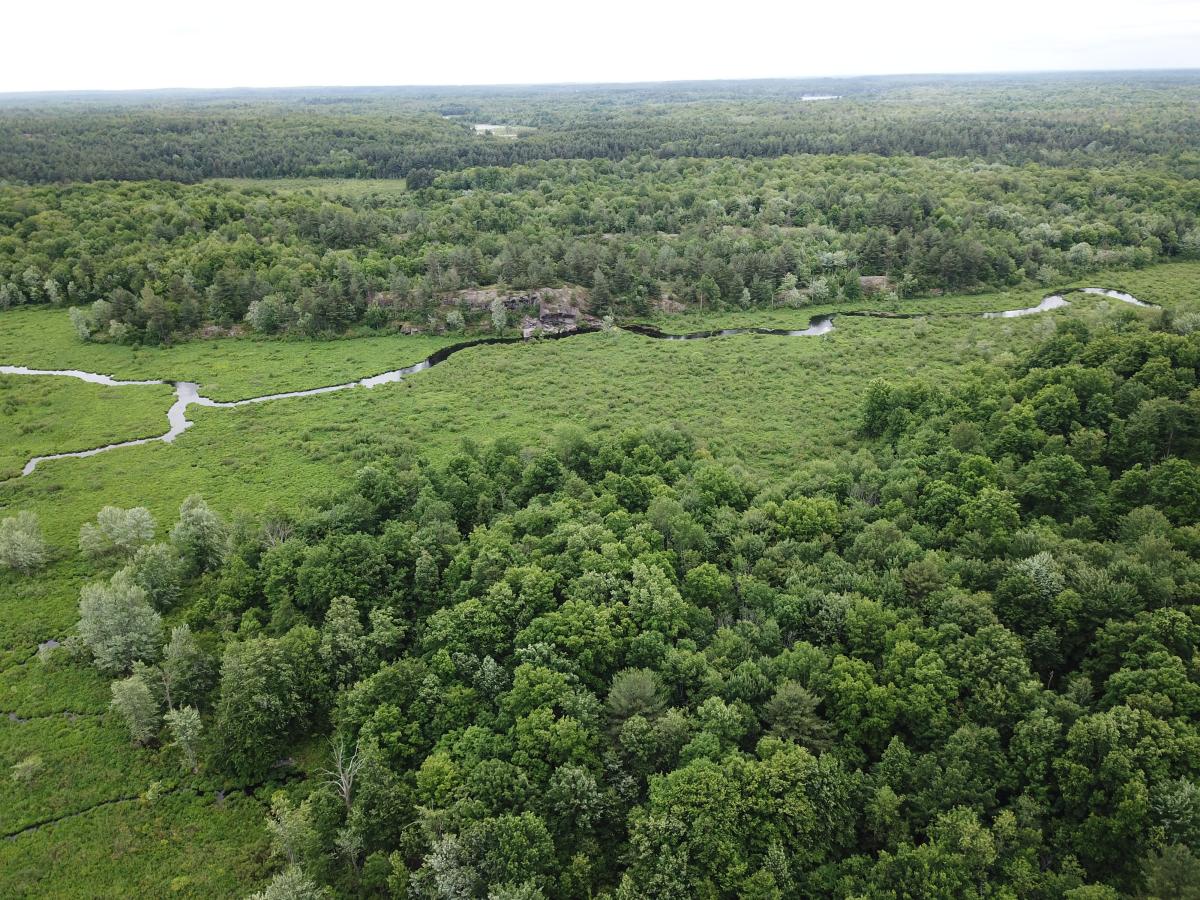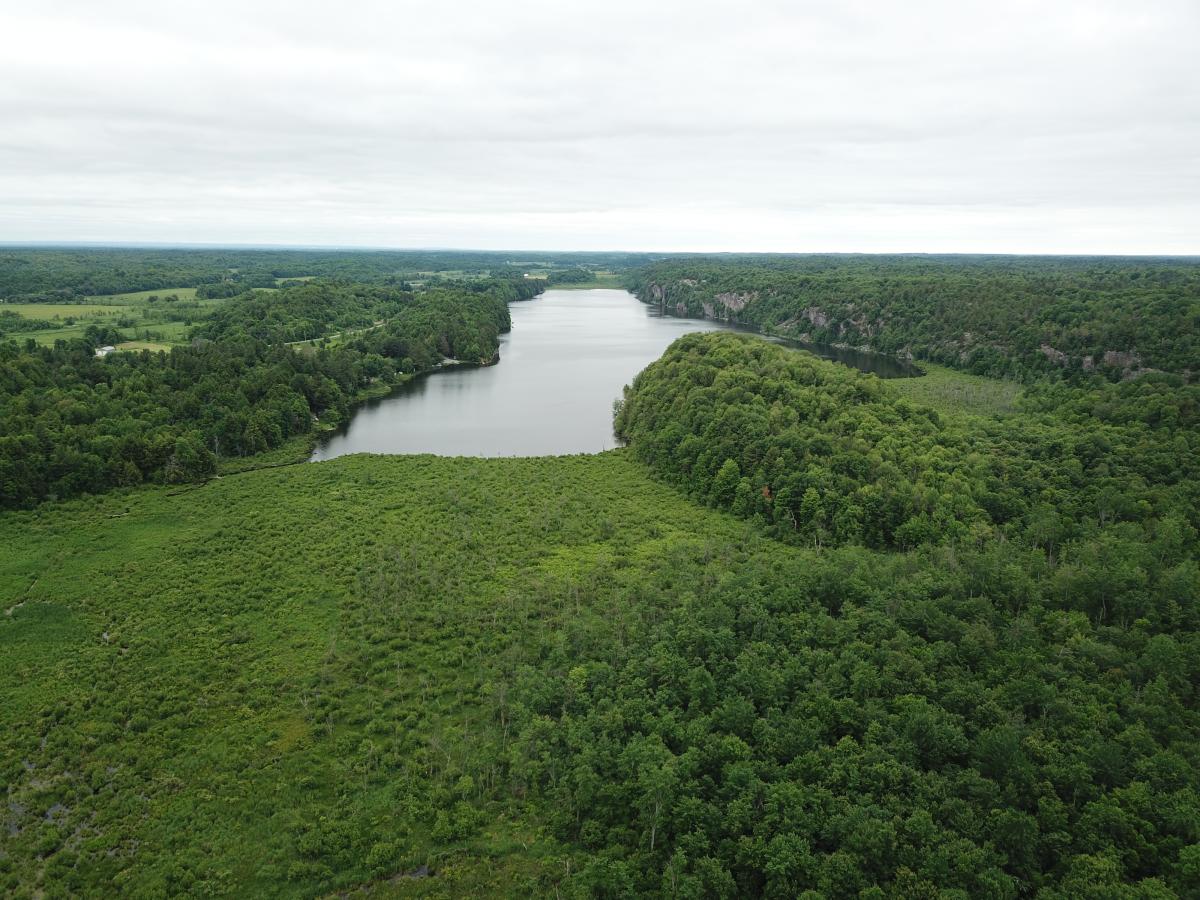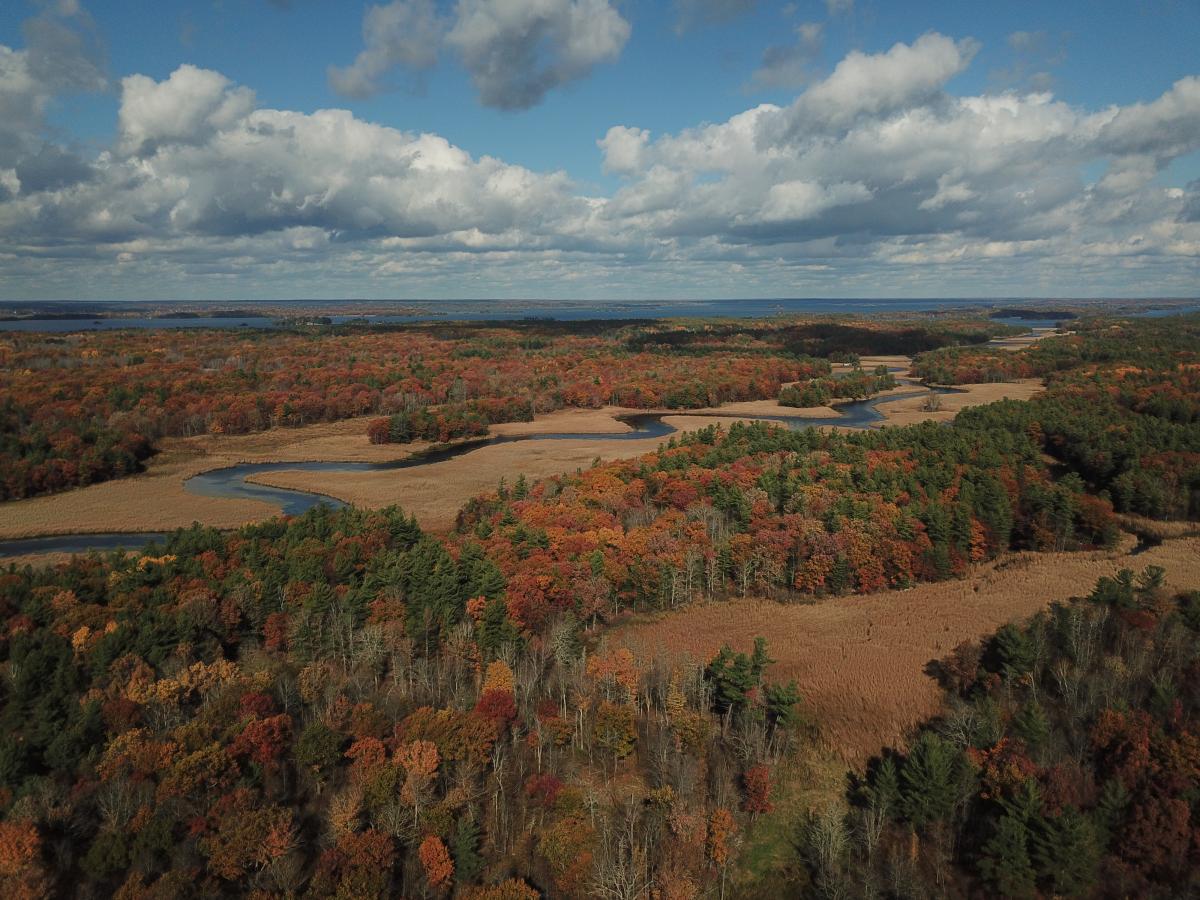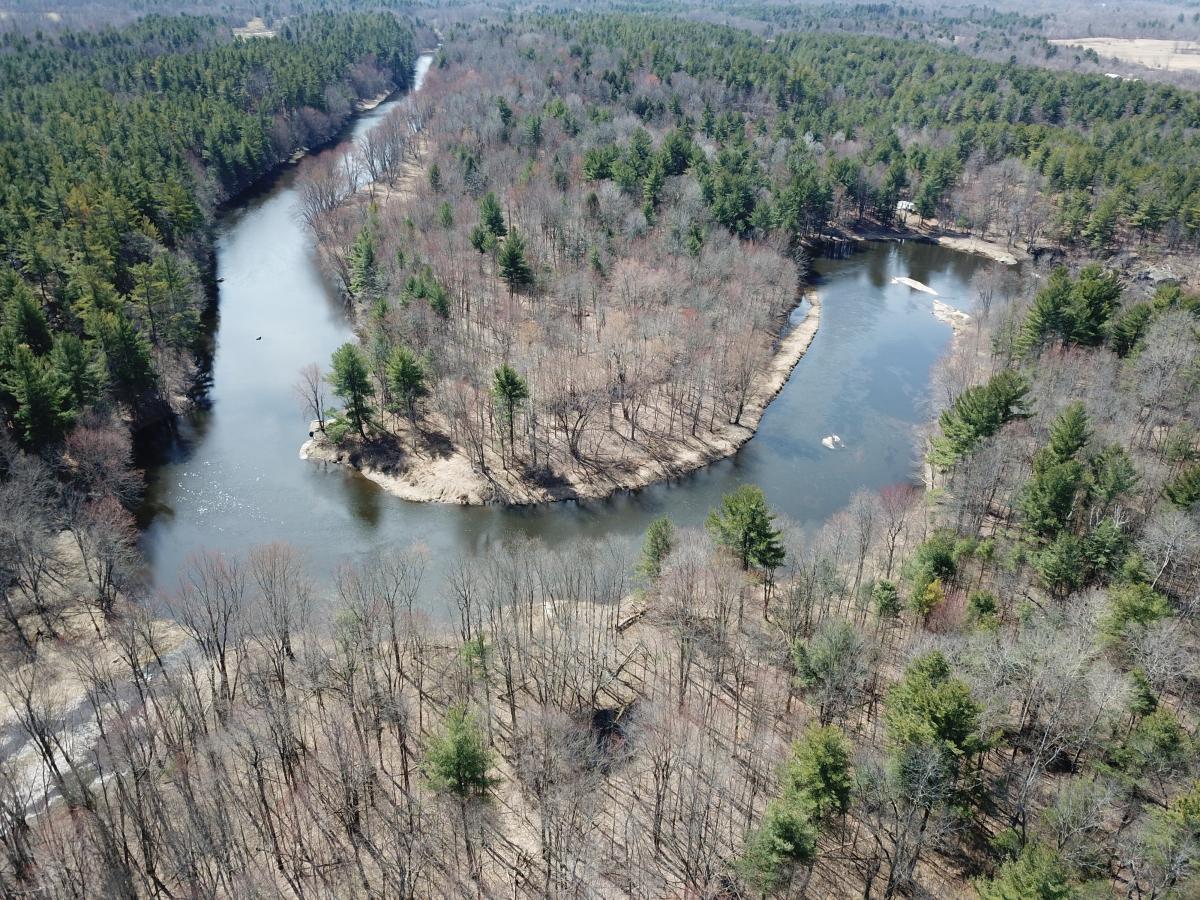These measures primarily come in one of two forms: voluntary conservation easements placed on privately-owned lands (e.g. TILT’s protection of Picton Island), or preservation lands that are fully owned by TILT (e.g. TILT’s Crooked Creek and Otter Creek Preserves). Each of these practices provide unique safeguards for the land and its natural values and ecosystem services. An important distinction is that conservation easements are legally enforceable and bound to the land forever, regardless of who owns the land itself.
It’s when these two practices are married that the greatest level of security is provided. That is, when a land trust owns a property, and another third-party conservation organization oversees a legally-binding conservation easement on that land. Some refer to this as the “belt and suspenders” approach, wherein the land trust’s ownership of the property provides a certain level of protective assurances (the belt), and the third-party conservation easement provides an additional layer of legal protection and oversight in favor of nature (the suspenders).
A Shared Vision
In February of 2023, TILT entered into a partnership with the Northeast Wilderness Trust (NEWT), a non-profit land trust that protects forever-wild land across New England and New York. Together, the two organizations applied this “belt and suspenders” approach of land protection to some of the properties that TILT owns in the St. Lawrence River Valley. More specifically, TILT conveyed to NEWT Forever Wild Conservation Easements on four of its preserves in the heart of the Algonquin to Adirondack (A2A) wildlife corridor.
These conservation easements include portions of TILT’s Crooked Creek, South Hammond, Many Oaks and Payne Lake Preserves. The easements restrict timber harvest and motorized recreation, setting the foundation for the lands to eventually become old growth forests. These properties were strategically selected by TILT’s staff and board as being compatible with a hands-off management approach.
The lands that TILT enrolled into the Partnership are now under the additional layer of protection provided by the forever-wild easements held by NEWT, and will serve as baselines for future research by serving as a comparison to our managed landscapes. Notably, the conservation easements only apply to a suitable portion of TILT’s land holdings, and the organization intends to continue active management of its other properties to create a mosaic of diverse habitats across the St. Lawrence River Valley. In tandem with TILT’s managed lands, the forever-wild properties will stand to support the greatest level of biodiversity and resilience, bolstering an accolade that the Thousand Islands region is already renowned for.
“Forever-wild conservation is among the most cost-efficient and immediate actions we can take to confront rapid climate change and mass species loss. Old growth forests provide us with countless benefits to the environment, from wildlife habitat, to water quality protection, and carbon sequestration,” said Sophie Ehrhardt, Wild Carbon Specialist for NEWT. Northeast Wilderness Trust focuses exclusively on rewilding through forever-wild conservation. NEWT distinguishes forever-wild land as being “ruled by the laws of nature rather than people”. Their efforts, spanning from New York to Maine, work to achieve the goal set forth by the Harvard University/Harvard Forest Wildlands & Woodlands initiative to conserve at least 10% (3± million acres) of New England’s forestland as wildlands by 2060.
TILT looks forward to continuing this new partnership with NEWT with the addition of new forever-wild conservation properties in the A2A corridor. The alignment and synergy of the two organizations stands to have lasting impacts that will reach far beyond their respective bounds.







